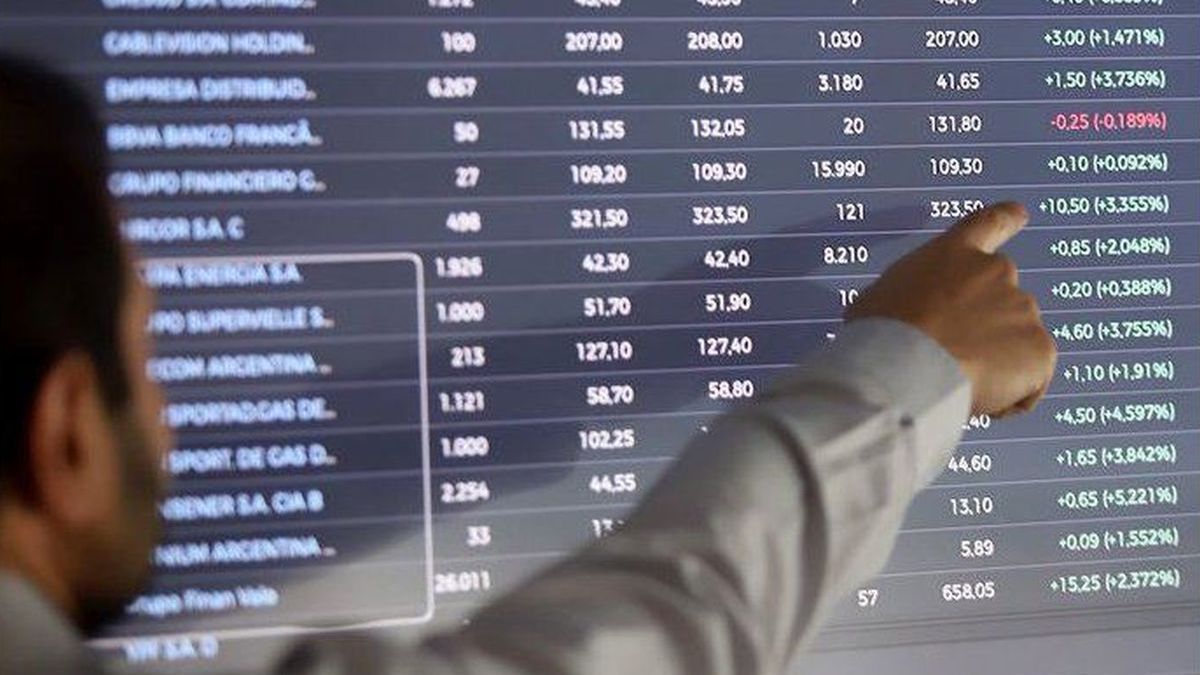in the local square, Argentine assets were mobilized with selective prices by the prudence that institutional investors handle in the face of internal political noise in the ruling party, after the agreement with the IMF, and the complex international panorama due to growing global inflation.
In particular, the second quarter presents significant financial challenges, such as the review of the domestic macro by a mission of the International Monetary Fund after the rescheduling of the debt and an eventual rise in the interest rate from the Central Bank.
In turn, in the middle of the month the March consumer price index will be knownwhich according to the criteria of private consultants would have a floor around 5%, a very high figure that could place the annual measurement up to almost 60%.
For his part, the S&P Merval index of Argentine Stock Exchanges and Markets (BYMA) rose 1.6% to 92,390.98, after improving 3.4% in March and rising 8.9% in the first quarter of the year. In the week, the leading panel fell 0.7% in pesos, but rose 4.8% measured at the implicit exchange rate (CCL).
The increases were led by Transportadora Gas del Norte (+5.2%), YPF (+2.7%) and Ternium (+2.6%). For its part, the greatest losses were for BYMA (-0.9%), and Edenor (-0.7%).
The country risk measured by JP Morgan lost 0.23% to 1,714 basis points, the lowest figure since February 18, when it stood at 1,709 basis points.
In fixed income, dollar bonds closed mixed. The increases were led by Bonar 2035 (+1.7%), Bonar 2029 (+0.6%) and Bonar 2030 (+0.6%). The greatest decreases were for the Bonar 2038 (-0.6%) and the Bonar 2041 (-0.3%).
On the other hand, in the fixed income segment but in pesos, CER-adjusted bonds closed with most increases. The rise in PAP0 (+2.9%) and CUAP (+2.6%) stood out. The greatest drop was for TX28 (-0.5%).
“We will continue to see moderate adjustments in the interest rate”said Federico Furiase of Anker Latin America. “The BCRA also has to consider that each 100 basis point increase in the monetary policy rate generates an additional cost in terms of interest payments on remunerated liabilities of 0.1 point of GDP per year,” he added.
In turn, Sebastián Menescaldi of the consulting firm Eco Go said that “probably, with the (inflationary) numbers for March, we are going to have some more rises in April (in rates from the BCRA…) The Government is facing a dichotomy in which it has to choose between stifling activity and lowering inflation“.
Source: Ambito
David William is a talented author who has made a name for himself in the world of writing. He is a professional author who writes on a wide range of topics, from general interest to opinion news. David is currently working as a writer at 24 hours worlds where he brings his unique perspective and in-depth research to his articles, making them both informative and engaging.




